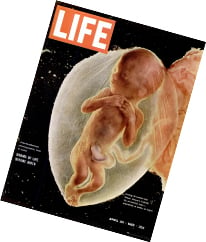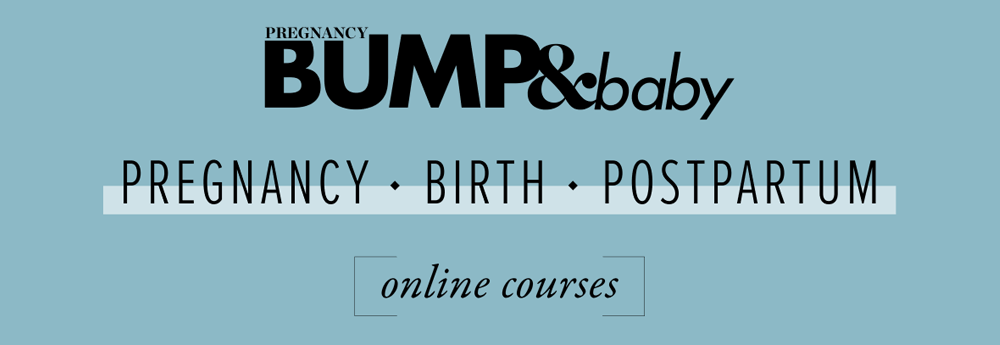Mum
Some people wait until the 12-week scan before they share the good news, but if you’ve chosen to tell your family or friends, you’d better prepare yourself for a stream of congratulations, as though you’ve managed to climb Everest or win a Nobel prize. Sometimes you want to snap back that it wasn’t exactly rocket science, but remember that they mean well.
Throughout the whole first trimester expect to be sleepy – not as in yawning, but as in falling asleep at your desk at lunch time and crawling into bed without dinner as soon as you get home from work. You are exhausted the way you’ve probably never been before. The idea of taking the weekend to just rest in bed sounds wonderful. If you need to, take naps, otherwise just focus on setting a sleep routine and avoiding caffeine. When you’re newly pregnant, having sex might be the furthest thing from your mind — particularly if you’re suffering from morning sickness and other uncomfortable symptoms.
Dad
Your partner doesn’t seem to be doing much, so you may find it surprising that she’s as tired as though she’s training for the marathon. In a way, she is. It’s a perfectly normal message from her body to slow down. From a scientific perspective, it’s mostly due to hormone changes, especially the dramatic rise in progesterone levels. In addition, her heart is getting used to pumping more blood to supply the developing placenta and baby. Fatigue can also be a symptom of iron-deficiency, which is not uncommon in pregnancy.
Baby
You’re beginning to develop a face, complete with little eyes, nostrils, cheeks and chin. Your little heart is beating strong and will soon be detectable through an ultrasound. Your arms and legs are forming and little sprouts develop where the limbs will eventually appear. You look like a tiny little tadpole and even have a matching tail that is curled up with the leg buds tucked toward the torso – it’s not called the foetal position for nothing!
You’re going in leaps and bounds and are now the size of a lentil. You are also 10,000 times larger than you were at the time of conception.
Things to keep in mind
- Reality is setting in, and whether you’re mostly excited, or mostly nervous, it is totally normal to feel overwhelmed by the prospect of carrying a baby for the next 34 weeks.
- Continue taking prenatal vitamins.
- Stay hydrated (this will help prevent UTI’s which are much more likely at this stage of pregnancy).
- You may want to record some of your and your partner’s medical and non-medical backgrounds. Important information such as the date of your last menstrual period, any past pregnancies, family history, any pre-existing health conditions, prescriptions etc may be useful to know for your doctor’s visit.

Photos in the bumpandbaby.co.nz/week-by-week/ are by Lenart Nilsson. Lenart's series was bought to fame when his photo, considered the greatest photo of the 20th century, appeared on the cover of Life magazine in 1965. “Everyone interprets images differently, depending on their social, cultural and religious background. In the digital era, I believe it is more important than ever to go back and take a look inside ourselves. What better way of doing that than with these photos?” ~ Jane Stene, art gallery director and curator of Lenart's definitive black and white series, told the The Guardian in 2019. It is Lenart Nilsson's wish that his images are never used for political debate about pro-life.






